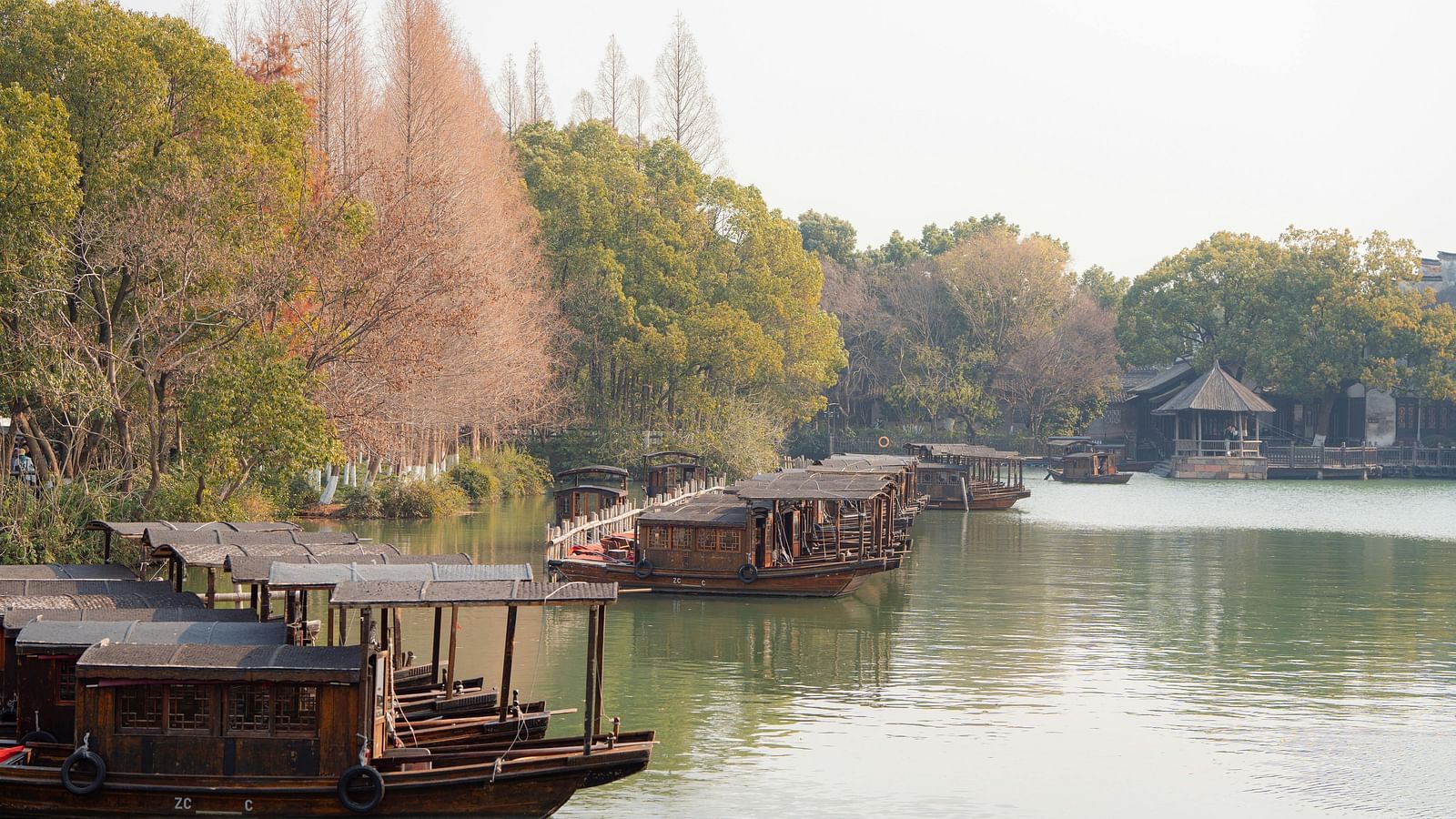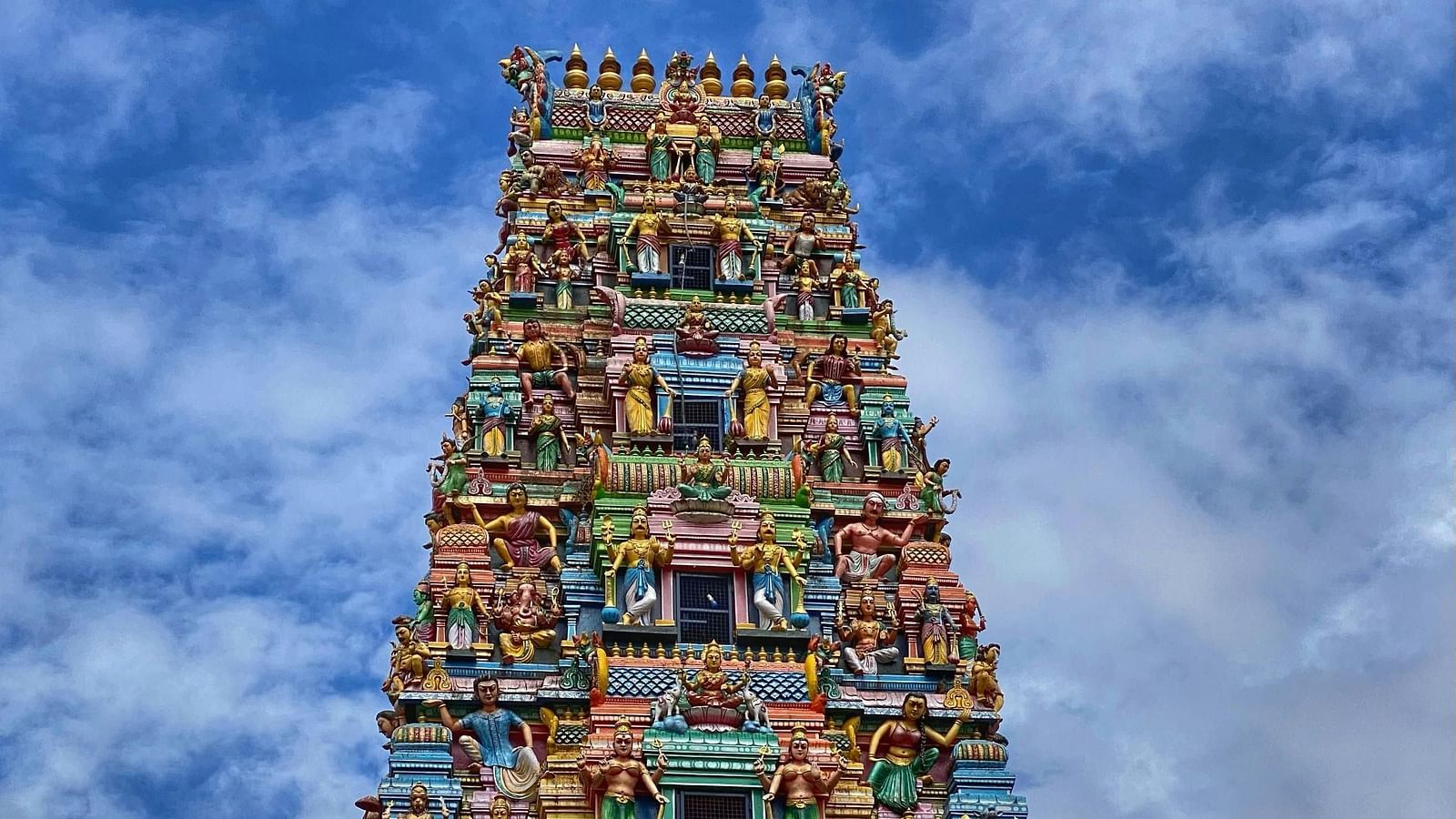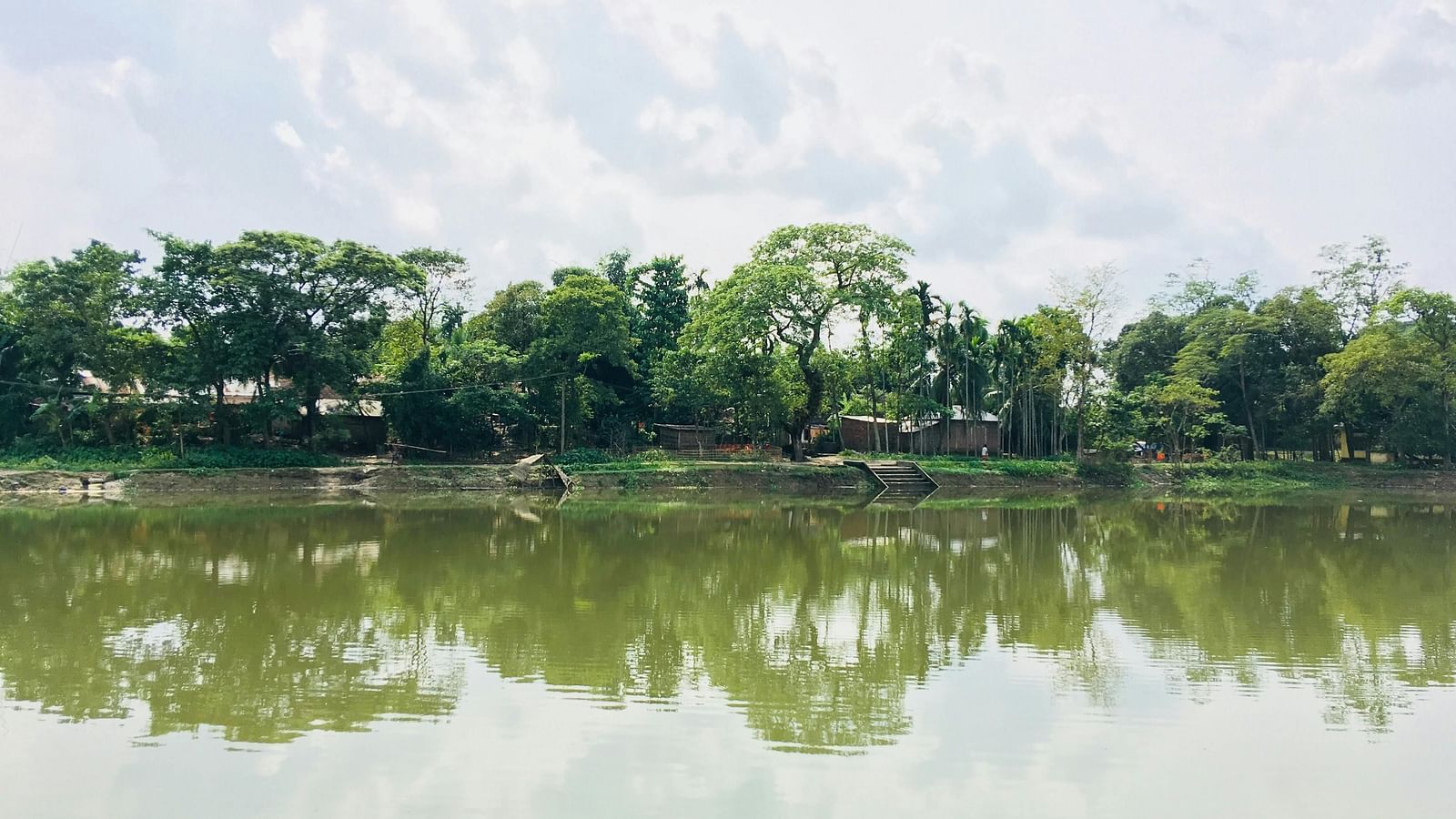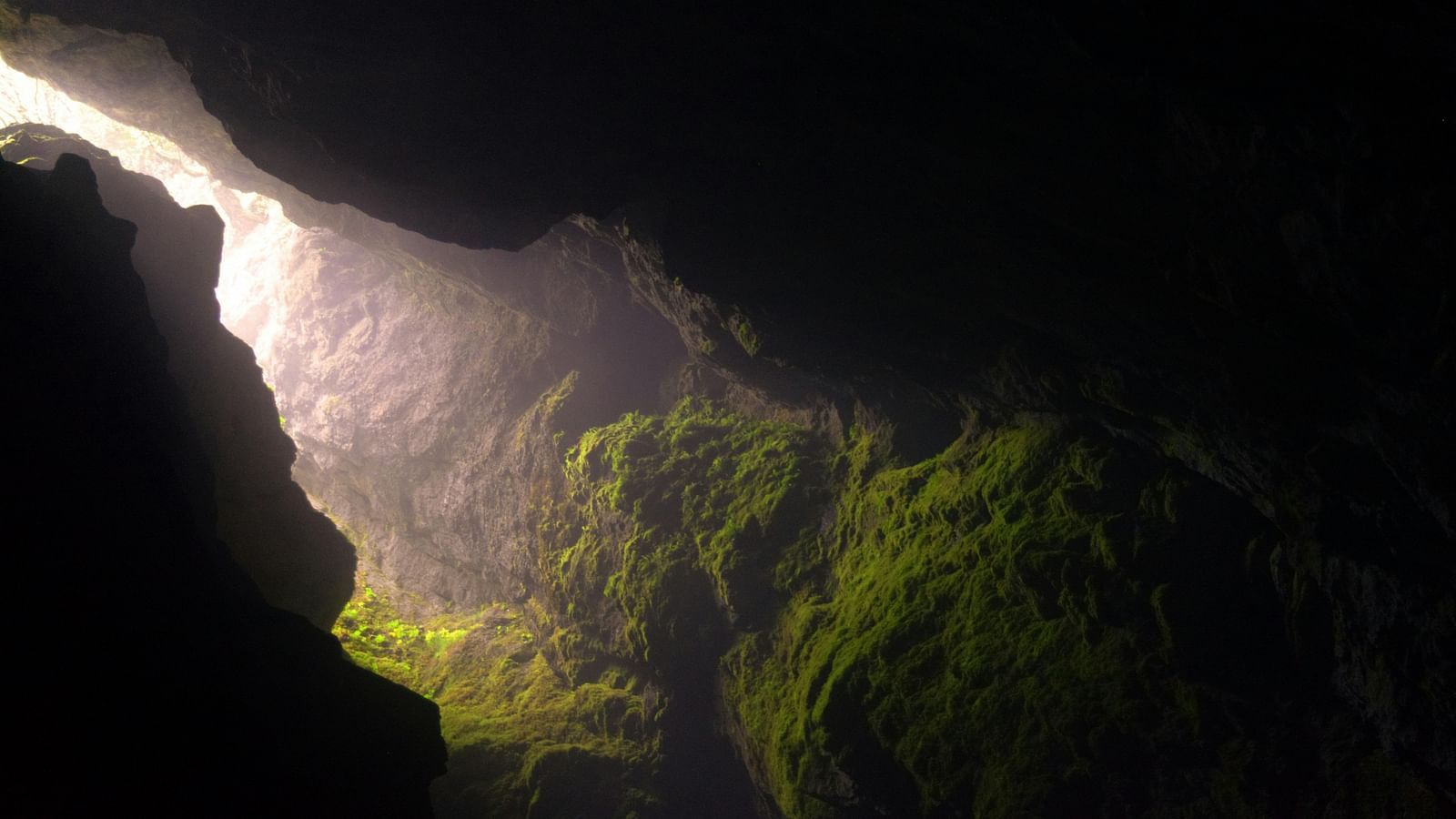Home > Tourist Attractions > Kere Thonnur: A Tranquil Lake Town with Ancient Temples
- Mysore: The City of Palaces
- Srirangapatna: An Island Fortress Steeped in History
- Bandipur National Park: A Jewel of Karnataka's Wildlife Heritage
- Nagarhole National Park: Where the Serpent River Flows
- Coorg: Where History Meets Nature in the Western Ghats
- Ooty: Queen of the Hills
- Brindavan Gardens: A Symphony of Nature and Engineering
- Male Mahadeshwara Hills: Where Spirituality Meets Nature
- Shivanasamudra Falls: Where the Kaveri Roars
- Talakadu: A Town Lost in Sand, Rich in History
- Melkote: Where History and Spirituality Converge
- K Gudi Wilderness Camp: Where Adventure Meets Tranquility in BR Hills
- Himavad Gopalaswamy Betta: A Hilltop Temple Shrouded in Mist and Legend
- Venugopala Swamy Temple: A Resurrected Architectural Gem
- Kere Thonnur: A Tranquil Lake Town with Ancient Temples
- Payana Car Museum: A Journey Through Automotive History in Mysore
- Nanjangud: The Dakshina Kashi of the South
Kere Thonnur: A Tranquil Lake Town with Ancient Temples
A Lake That Never Dries
The heart of Kere Thonnur is its namesake lake, "Kere Thonnur," which translates to "lake that never dries." This vast lake, formed by a dam built between two rocky hills, is a lifeline for the surrounding villages, providing water for irrigation and sustaining the local ecosystem.
Scenic Beauty
The lake is surrounded by lush greenery, paddy fields, and coconut groves, creating a tranquil and picturesque setting.
Boating
Visitors can enjoy boating on the lake, taking in the serene beauty and observing the local birdlife.
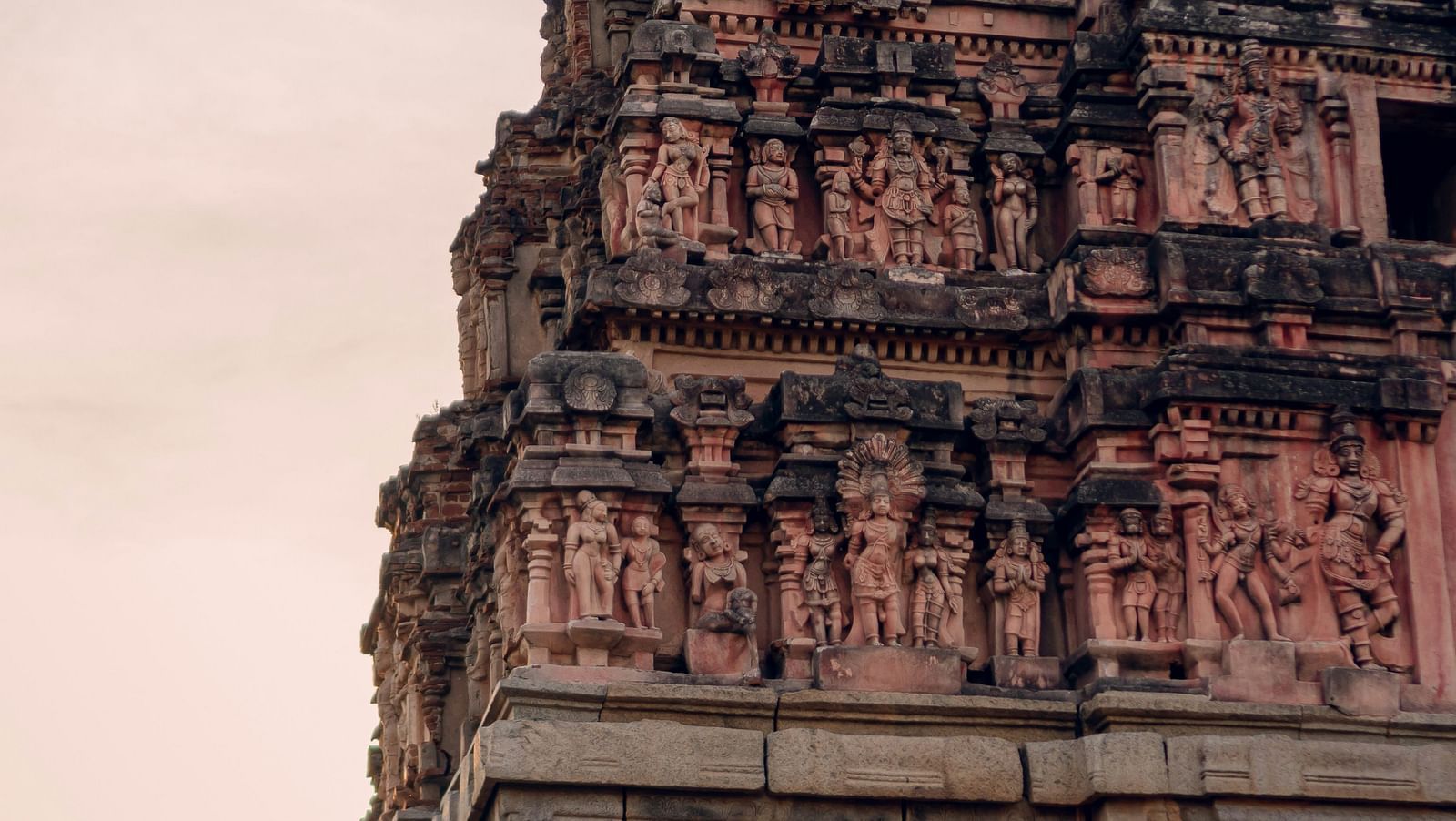
Historical Significance
The lake has been mentioned in historical records dating back to the Chola dynasty, indicating its long-standing importance in the region.
Ancient Temples and Architectural Heritage
Kere Thonnur is home to several ancient temples, showcasing the architectural styles of various dynasties:
Nambi Narayana Temple
This 11th-century temple, dedicated to Lord Vishnu, is a beautiful example of Hoysala architecture. It features intricate carvings, a spacious courtyard, and a majestic gopuram (tower).
Venugopala Swamy Temple
This temple, also dedicated to Lord Vishnu, is believed to be even older than the Nambi Narayana Temple. It features a distinctive basadi-like tower and intricate carvings.
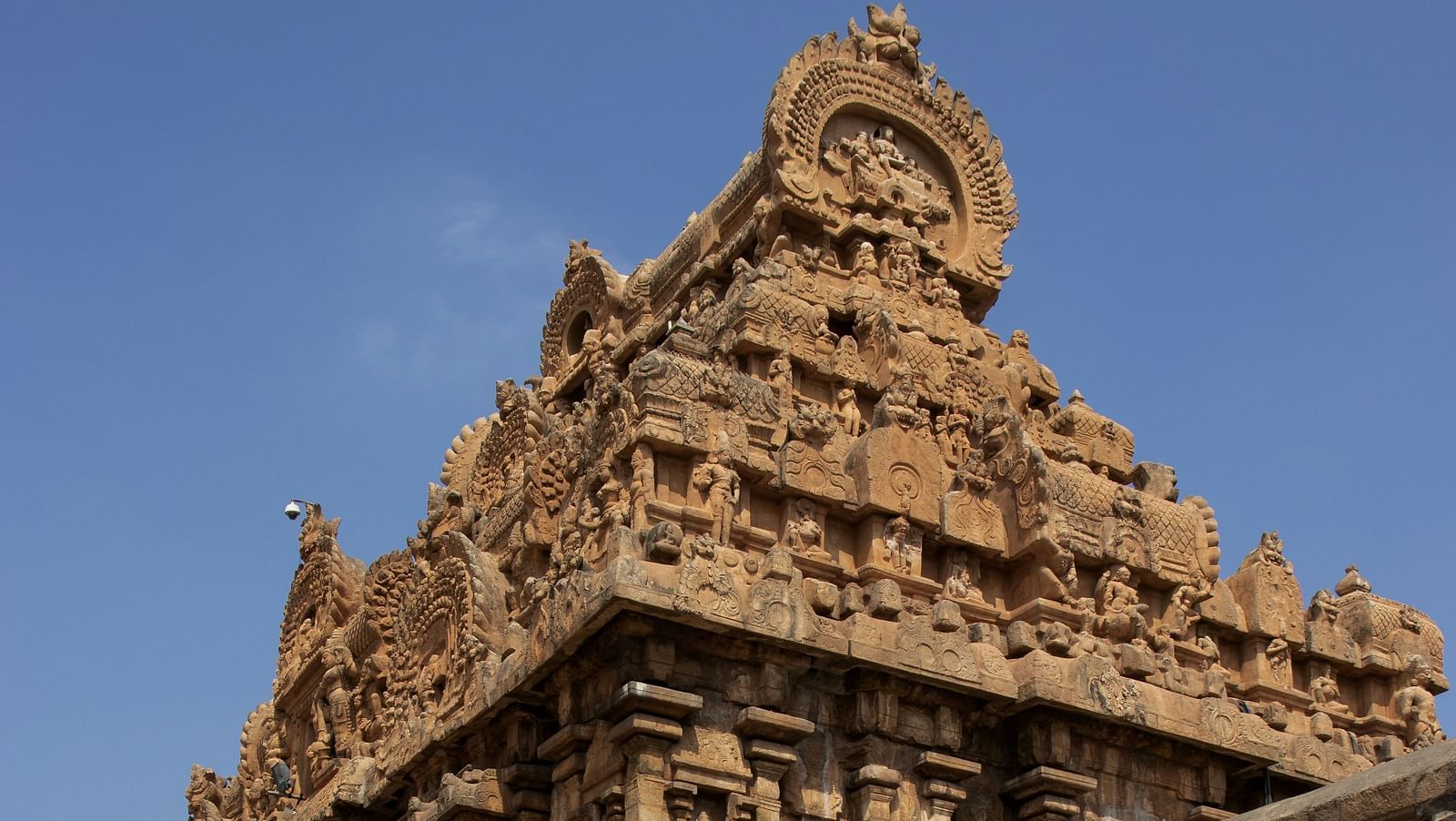
Parthasarathi and Venugopala Temple
This temple houses shrines dedicated to both Parthasarathi (Lord Krishna as charioteer) and Venugopala (Lord Krishna playing the flute).
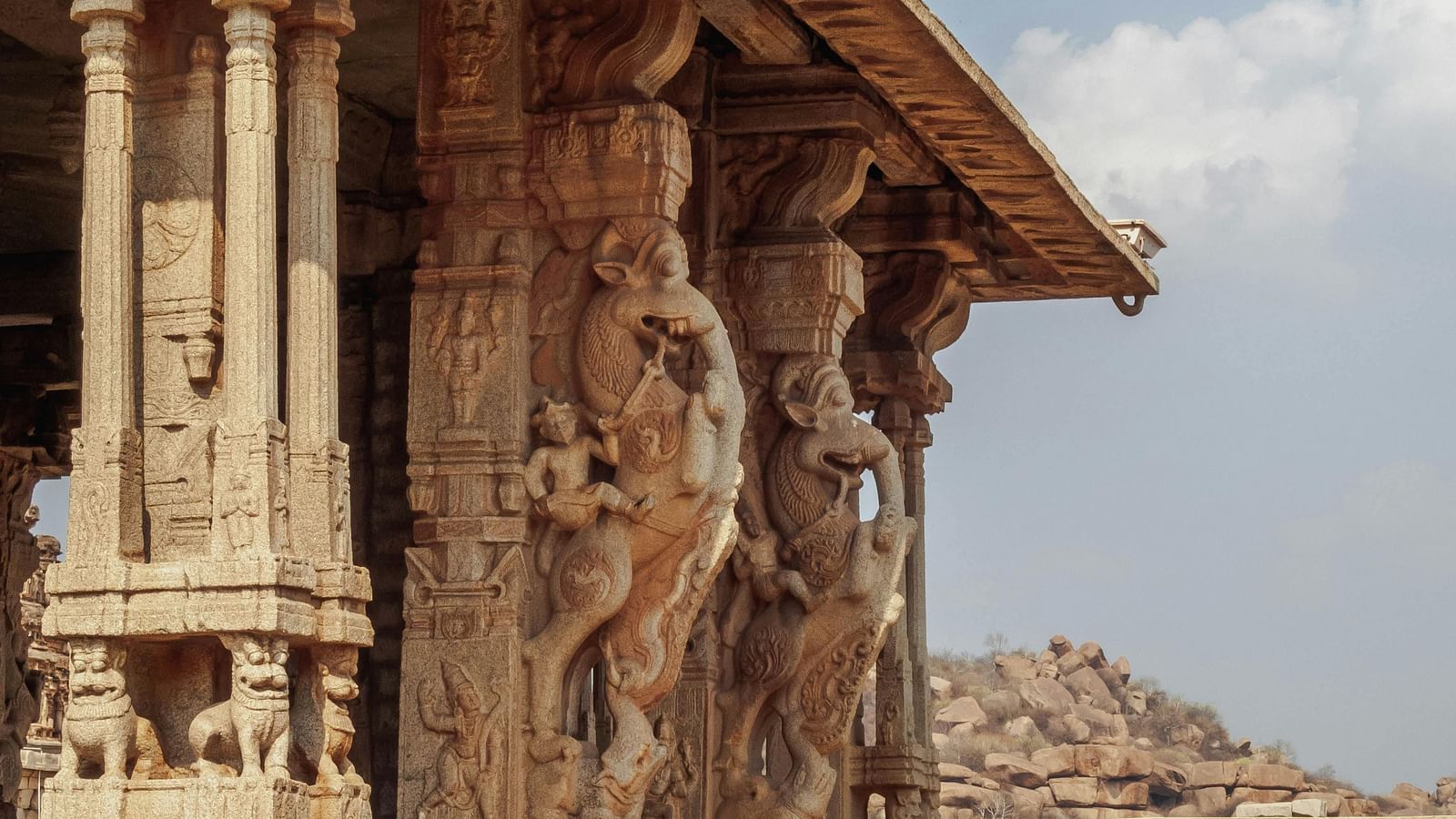
Yoga Narasimha and Ramanujacharya Temple
This temple is unique for housing shrines dedicated to both Yoga Narasimha (Lord Vishnu in his fierce form) and the revered Vaishnava saint Ramanujacharya.
Other Points of Interest
Ramanujacharya Statue
A prominent statue of Ramanujacharya stands near the lake, commemorating his influence on the region.
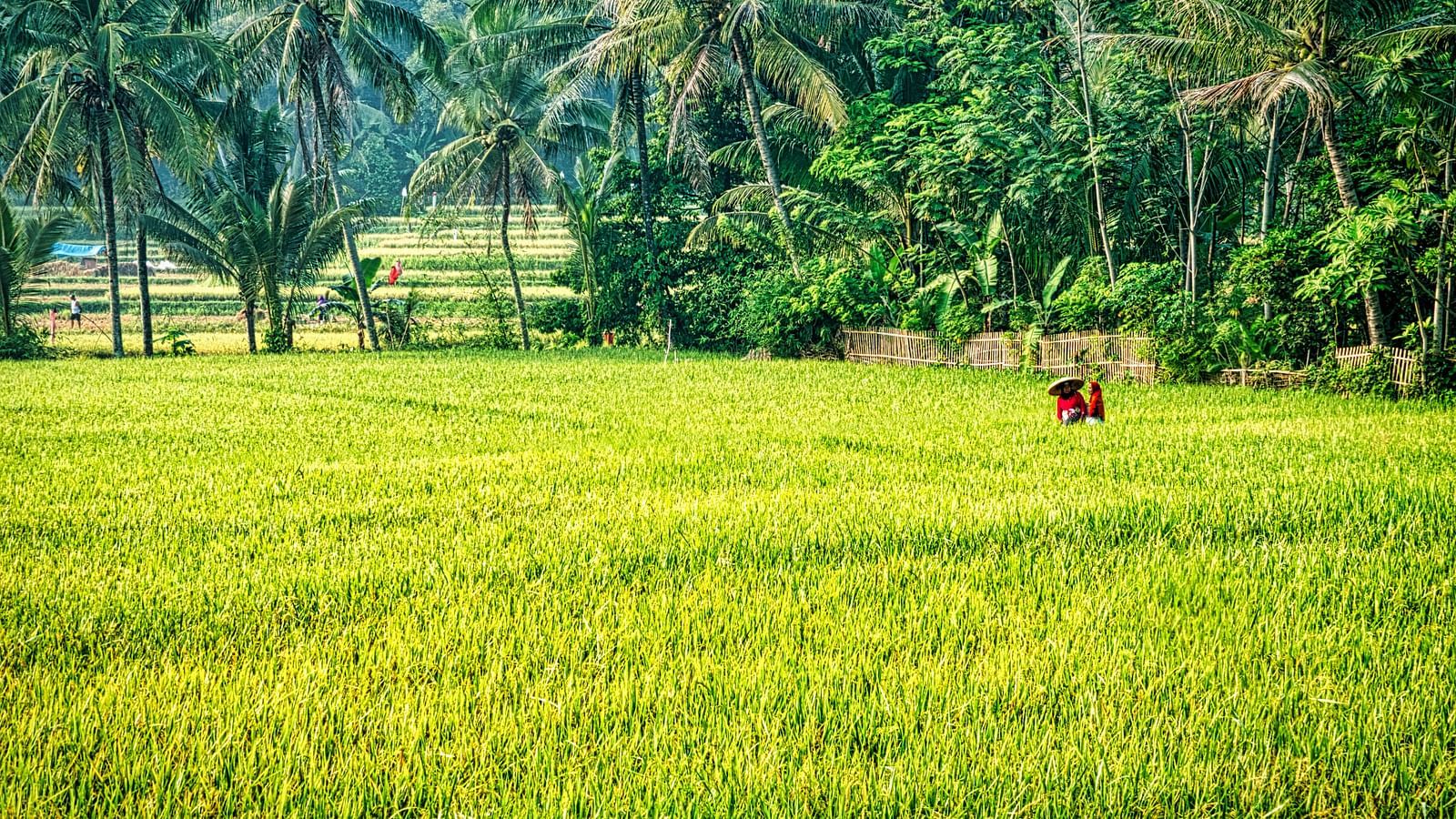
Rural Charm
Kere Thonnur offers a glimpse into rural life in Karnataka, with its paddy fields, coconut groves, and traditional houses.
Kere Thonnur at a Glance
Location:Mandya district, Karnataka, India.
Distance:30 km from Mysore, 130 km from Bangalore.
Highlights: Kere Thonnur Lake, ancient temples, historical significance, rural charm.
Best Time to Visit:Throughout the year, but the winter months (October to March) offer pleasant weather.

